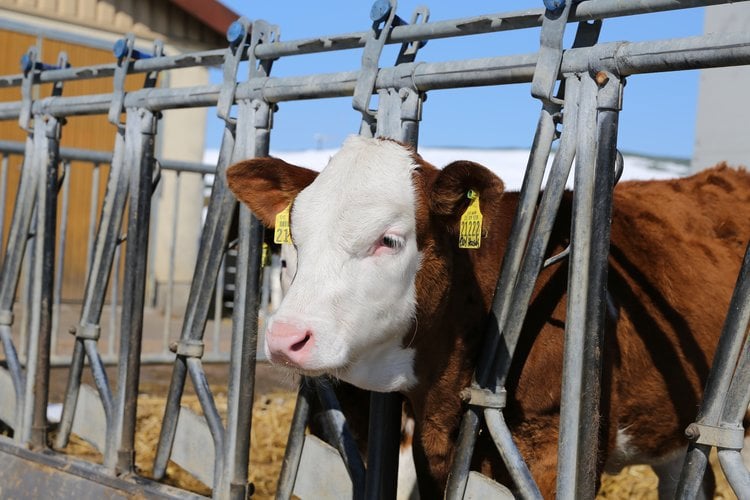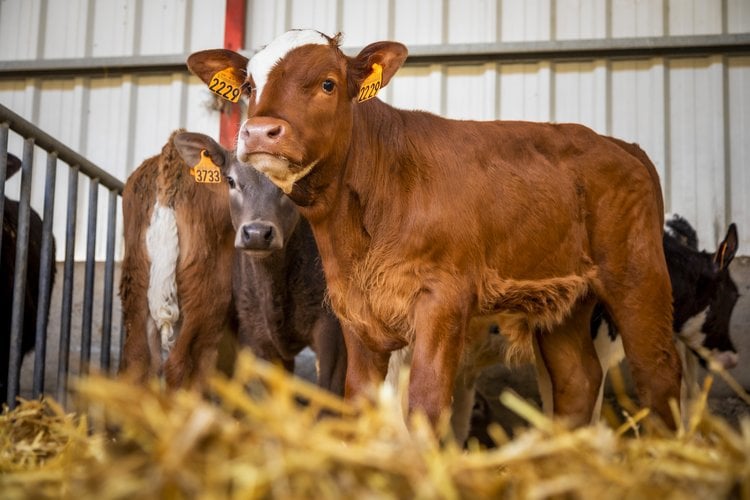

How to recognise
Providing trace minerals in the wrong form and amount - either too low or too high - can negatively impact animal productivity. This can be seen in decreased gains resulting in lower body weight and weaning weights, reduced feed intake and potentially, increased mortality.

The impact on the farmer
To prevent these negative impacts, calf ranchers and nutritionists must provide a trace mineral source that is most capable of meeting the needs of the animal in a consistent, cost-effective manner. Achieving consistent delivery of an optimised level of trace minerals is important to maintain calves’ best performance, health and well-being.



